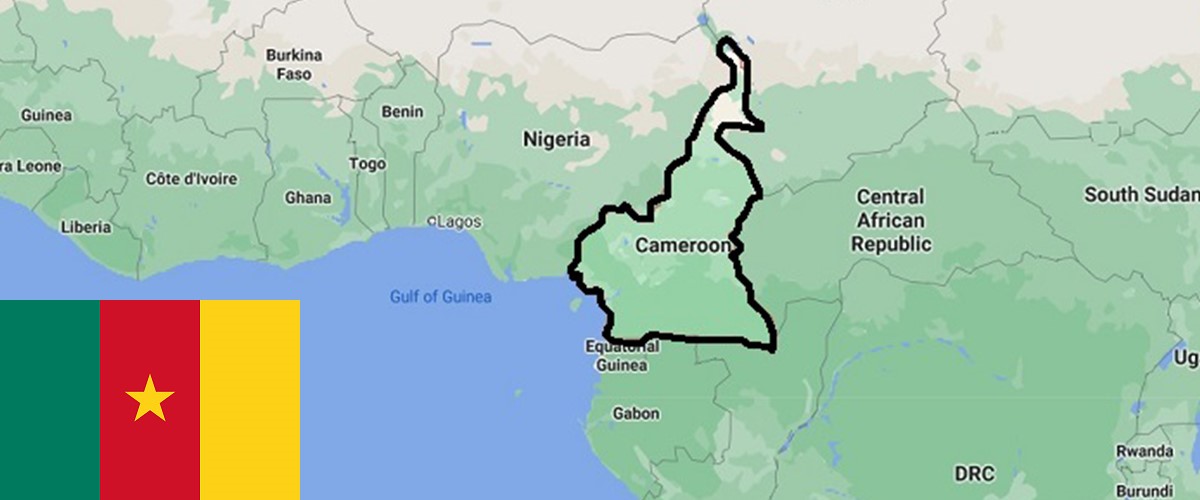Free Courses Sale ends Soon, Get It Now


Free Courses Sale ends Soon, Get It Now



Disclaimer: Copyright infringement not intended.
Context
Cameroon adopts Nagoya Protocol to benefit from its rich biodiversity.
Details
Cameroon
Bordering countries
Relief
Drainage
Soil
Climate and Flora and Fauna
Recent Development
Issue
Stapes taken
Bush mango and its significance
Nagoya Protocol
Conclusion
|
PRACTICE QUESTIONS Nagoya Protocol is related to which of the following subjects?
Answer 2 |
© 2024 iasgyan. All right reserved